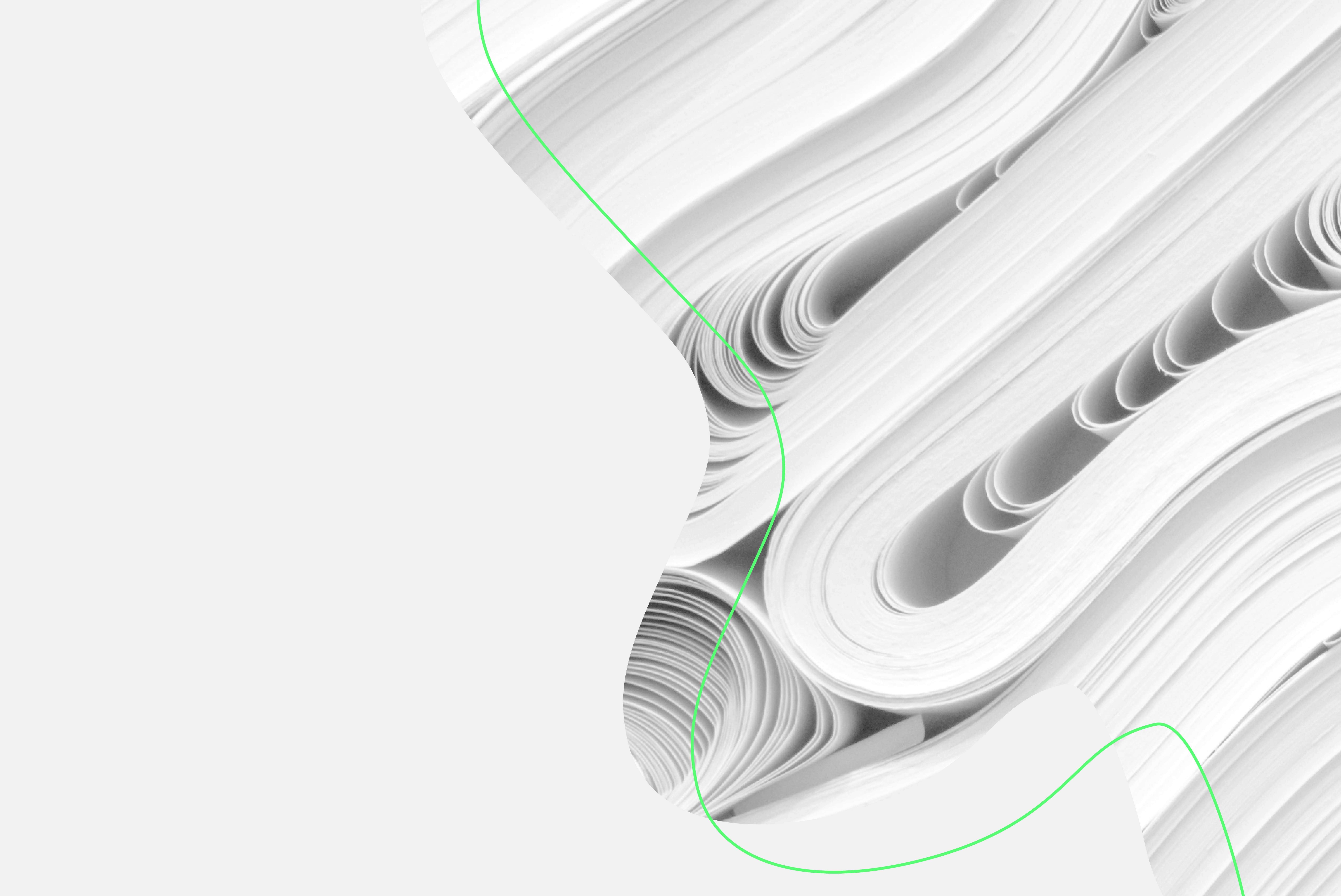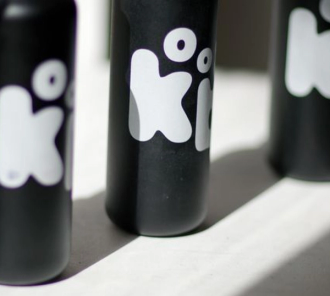Does it really matter what is ‘above the fold’ and what isn’t? And has that changed over the past five, ten, or twenty years. Our thoughts below, presented as a series of random, but inter-related observations.
The original ‘fold’ was in a newspaper
Perhaps this is stating the obvious, but most websites don’t fold. The original sense of designing above the fold was for newspapers, which are typically folded across the middle before being placed on news-stands*.
In that world, if you had something important to say, like “MAN LANDS ON MOON” or “FREDDIE STARR ATE MY HAMSTER”, you’d want to make pretty sure the person in the street was going to spot it as they walked by. Does this same logic apply to websites? I would argue no. We are not attempting to catch the eye of passers-by, but rather maintain and further attention we are already enjoying.
That is a subtly different challenge that web designers and copywriters alike should be aware of.
There is no ‘fold’ in the digital world
“That needs to be above the fold” is a line that most designers have heard many, many times over the past 20 years or so. But which fold? And where?
What “the fold” usually means in practice is the bottom of the client’s laptop screen.
Life, of course, is not like that. There are many different laptops and desktops, operating at many different resolutions, all of which means that no designer, god-like though we may be, can categorically declare that any particular piece of content is above the fold.
And that’s not even mentioning smart-phones. In a mobile-first world, which is what we are all living in, the fold is in a completely different place to wherever it is on the top-of-the-range iMac your agency is showing you, trust me.
And smartphones changed habits in more ways than one…
Habits change
Back in the early days of the internet, conventional wisdom was simple: users don’t scroll. If you have the time or inclination, you can spend an enjoyable couple of hours on the Wayback Machine finding out what that did to web design. And while it’s probably fair to say that ‘users don’t scroll’ was always dubious advice, it is definitely dubious advice in 2024.
A huge reason for that is the smartphone. An entire generation has repetitive strain injury from stroking their thumbs up and down their phone screens in search of just one more funny cat video. They know the good stuff is found by scrolling, and they will happily apply that logic to your site too. Don’t take my word for it: Hubspot reports that 94% of users scroll on mobile, and 74% on desktop. And the 26% who say they don’t are probably lying.
In other words, times have changed, and the fold isn’t what it used to be.
What you say at the top of the site remains critical
If everyone scrolls, does it really matter what you put at the top of your home page? There’s a two word answer to that question:
HELL YES.
First impressions count, and what you show at the top of your page (on mobile or desktop) counts for a lot. It’s probably the single most important piece of real estate your organisation controls, even if we’ve established that its borders are difficult to define.
So whilst the fold doesn’t matter so much, don’t let anyone convince you that the basic principles of ‘top of the page’ site design no longer matter. Make sure that as soon as possible you:
- Impress new visitors
- Communicate what you do (or even better, how you help your customers), and
- Provide routes to further information
Don’t stress too much about what is visible on any given screen, but do stress about what you say first. It matters.
Good design is about making hard decisions
Sometimes I think the Google homepage is the single greatest piece of design on the web. There’s nothing there. And as a result, it communicates one thing: we are a really good search engine.
Good search engines don’t need directories. You can find anything you want by searching. They don’t need to show today’s news. You can find it by searching. They don’t need to show off their latest products. You can find them by searching.
I digress, but the point should be clear: adding more and more things to the top of your page “so people can see them” doesn’t really help, it just makes for bad, confused design. Be ruthless about what you show at the top of your site. Don’t show anything that will distract from the three priorities above.
Remember: users will scroll. Let them.
Scrolling is fun (or it can be)
Last but not least, let us take a moment to reflect on how boring the web would be without scrolling. Scrolling opens up an infinite range of possibilities for enterprising designers, and experiences for the users on the other side of the equation.
- You can have interesting and varied animations on scroll, like at the Apple MacBook site.
- Or get even quirkier and tell stories with ‘parallax’ scrolling, as at everylastdrop.co.uk
- Or how about the multiple effects at bagigia.com (which are suitably innovative for a company that makes handbags from hot water bottles…)
Scrolling can add a huge amount of depth to any site design. And proves once more that all the fun happens under the fold…
*Any confused millennials may wish to consult their grand-parents about some of the terminology in this article









